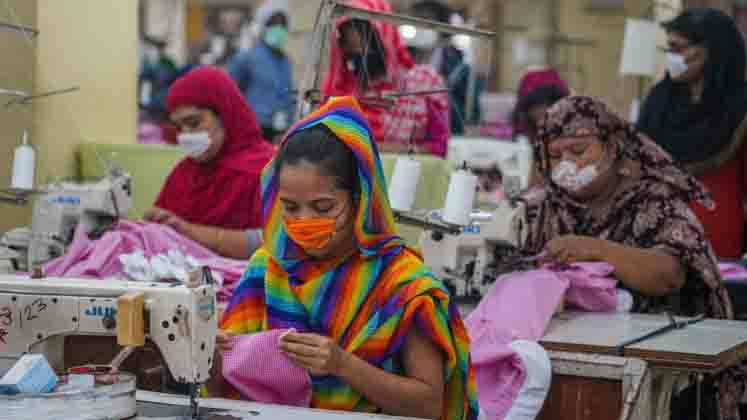
The changing trend in traditional work style due to the Fourth Industrial Revolution and wide-spread use of robotic technology and Artificial Intelligence in production automation, could be a vital challenge for the Bangladesh garment industry, underlined experts even if according to Asian Productivity Organisation 2020 data, the overall productivity of Bangladesh is lower than almost all the competing countries.
This was underlined in a media report which added that according to the analysts, Bangladeshi garment products were unable to get the desired price in the global market and, on top of which, there’s a concern that the country might lose duty-free export facilities in many of its export destinations after its recognition as a developing nation by around 2026.
Speaking to the media, distinguished fellow of the Centre for Policy Dialogue (CPD), Professor Mustafizur Rahman, reportedly, underlined that the readymade garment industry will have to face new pressures if it cannot increase labour and capital productivity with reference to the Fourth Industrial Revolution and LDC graduation, which he felt, will create a negative impact even if as per the APO 2020 data, average garment labour productivity — Bangladesh’s per-worker annual productivity level is US $ 10,400 compared to China’s US $ 23,800, Vietnam’s US $ 12,700 and India’s US $ 15,800 — is lower in Bangladesh than all its competing countries except Cambodia.






